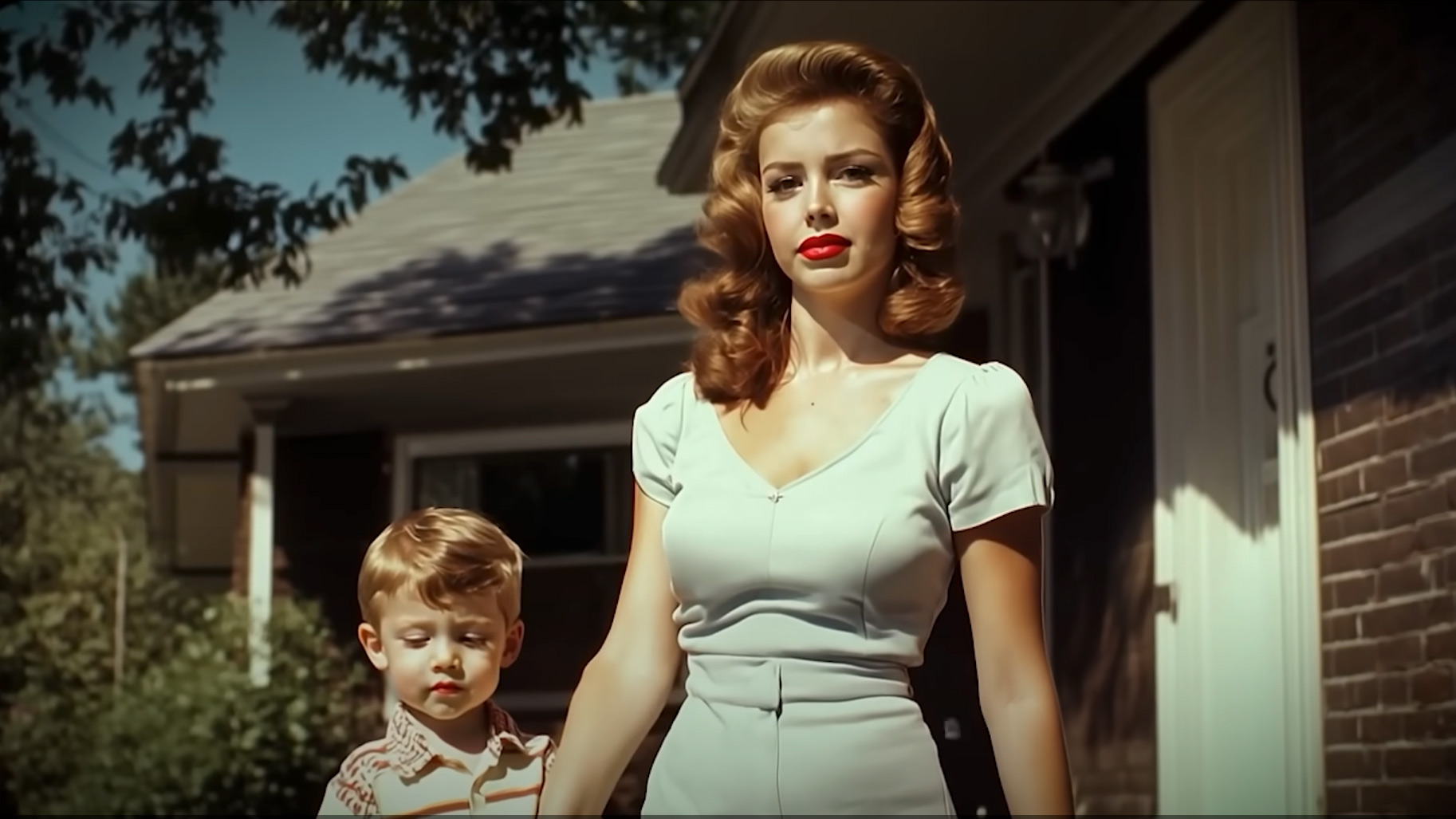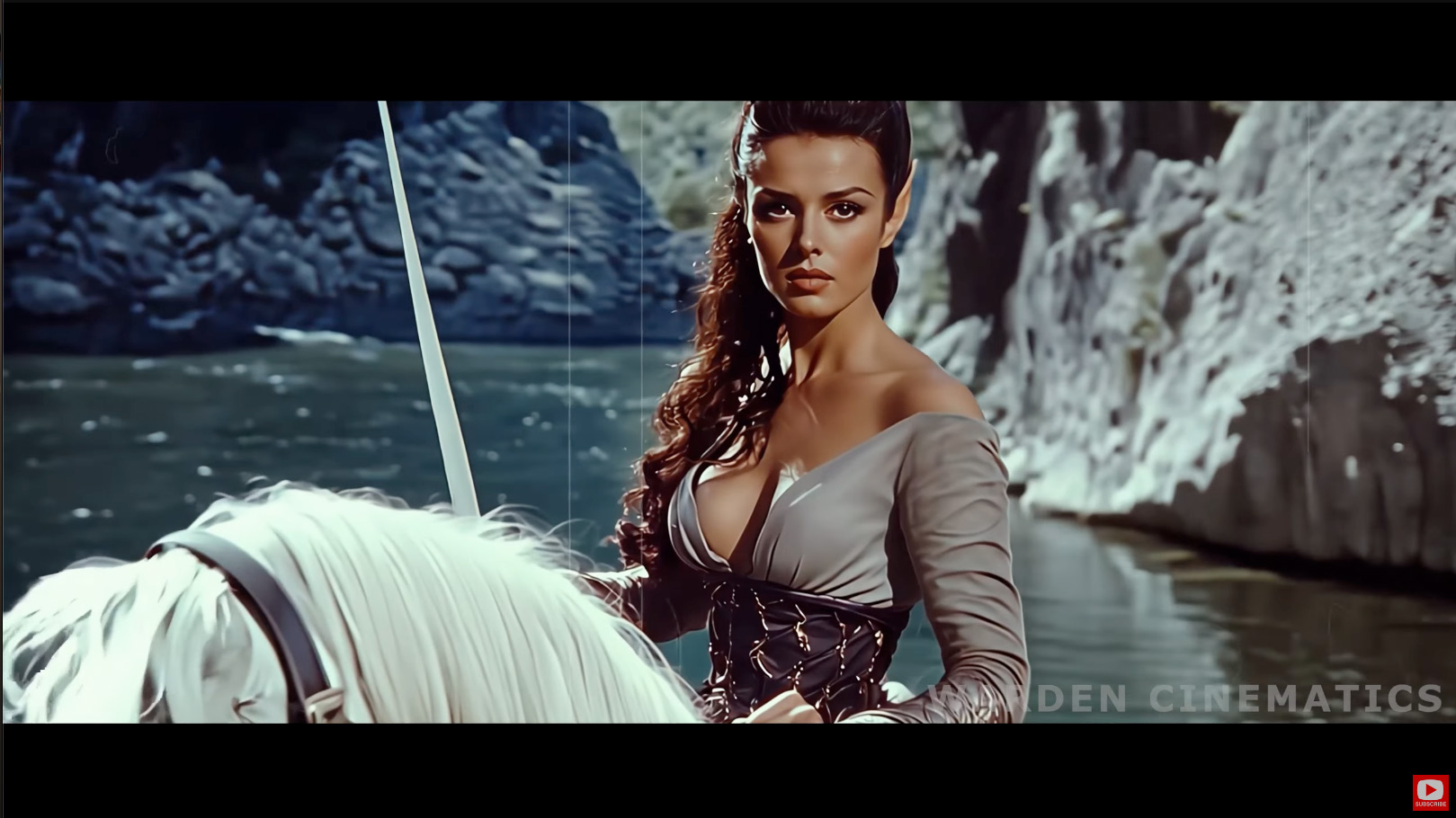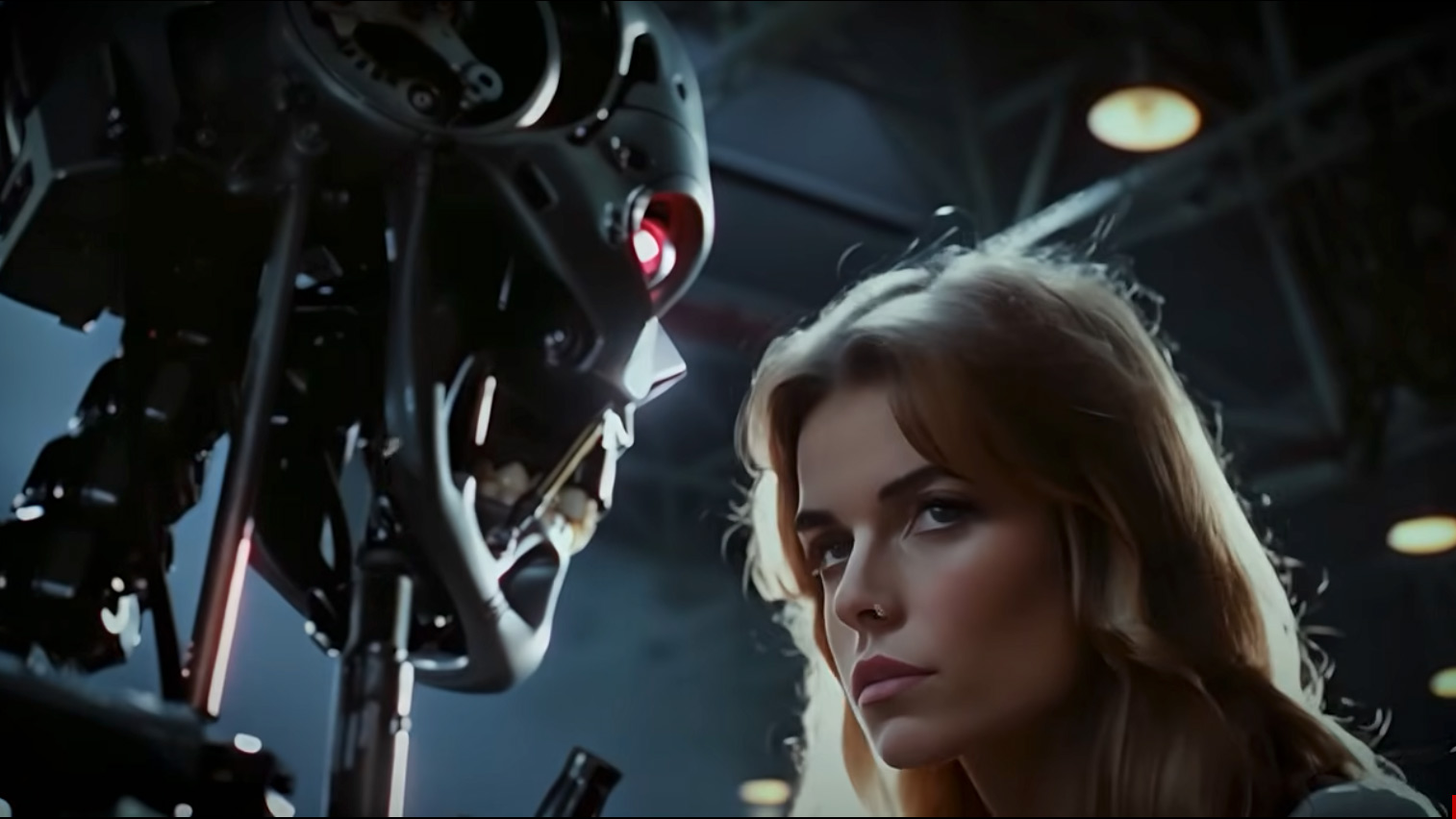This massive YouTube AI trend for '1950s Super Panavision 70' is amazing, gets MILLIONS of views, but makes me a bit queasy
Everything that's amazing about AI – and everything that's REALLY worrying about it – is epitomized by this fast-growing YouTube trend named for the glorious Panavision 70

From almost nowhere, YouTube is filling with trailers for famous movies in '1950s Super Panavision 70' style. Whether the creators of these trailers have ever seen a Panavision lens is, however, open to doubt – as is their understanding of the 1950s – because every one of the trailers they're creating is made with AI.
Panavision partnered with MGM to develop immersive widescreen cinema images to compete with CinemaScope in the 1950s, culminating in Super Panavision 70. The first film shot on 70mm film using this system was 1959's The Big Fisherman, in 2.20:1 aspect ratio. Team members left, the company changed, the format fought on through the 1960s, but it wasn't really popular again until Quentin Tarantino revived it for The Hateful Eight in 2015.
How can a bit of retro nostalgia for something that barely shot a movie in the 1950s suddenly have got so big, though? Taking a look, I'm not sure the AI look is the same as the 1950s movie!
This is the first example of the trend that YouTube served me. But following the search term revealed more in the same vein; movies definitely more modern than the 1950s re-imagined, in trailer form at least, in what was called '1950s Super Panavision 70' style, with voiceover that definitely doesn't sound too modern.
ABOVE: Watch one of these Panavision vids and see for yourself
I reached out and asked the creator – who wanted to remain anonymous – how they had achieved it.
"I use a combination of AI tools to bring these videos to life," they explained.
Get the Digital Camera World Newsletter
The best camera deals, reviews, product advice, and unmissable photography news, direct to your inbox!
"For scriptwriting, I rely on ChatGPT, while I use ElevenLabs for voice generation. For visual creation, I turn to MidJourney to generate the images for each scene. It's a process that involves a lot of trial and error – only about 5-10% of the images I create make it into the final piece."
The process then involves taking the selected AI-generated stills and getting AI to animate it.
"Since these are still images, I use AI tools like Runway and Luma to convert them into motion. Each tool has its strengths depending on the scene. Out of every twenty image-to-video conversions, I’m lucky if I get one or two that are usable. Finally, I assemble all the clips and refine them in video editing software to produce the finished video.
"It’s a lot of work, but I love the creative challenge of blending these tools together!"

It turns out this method, more or less, is actually being suggested by another YouTuber – Warden Cinematics.
Warden Cinematics does manage something that was bugging me about the first videos I saw. The tutorial specifically mentions the black matte bars for 2.20:1 video that, for purists, is a feature of the format. Other creators seem happy with YouTube's default 16:9.
What is more interesting, though, is the insights that he (or at least, the male voiceover) offers into the million views reached in just three months with these AI-generated trailers.
In a frank video, which also points out that the earnings amount to less per hour than one would make working in McDonalds for the same time, there are some fascinating insights.
An eyebrow-raiser for me was the choice of cover images (thumbnails), which have a huge impact on the number of views in YouTube, and this was addressed in the piece.
He notes that the viewership is 99.4% male for some examples – and that's the point at which it does make me a bit queasy. I suspected that this would be the case, though interestingly he goes on to suggest that this isn't the way to get the best revenue.
ABOVE: You'd make more money at McDonald's in the same time
Despite that, in the 70 videos uploaded by "AI FlickNips", nearly all of the most recent feature an attractive woman prominently (and we know a bit about what AI finds attractive).
It doesn't take much research to see that exposed cleavages you could ski down are not part of the fashion of the 1950s, which brings me to a concern we've seen before about AI – highlighted in the piece about AI's obsession with boobs.
I asked my anonymous contact about this, too. "The way AI represents men and women is definitely something to be mindful of. AI can sometimes reflect biases present in the data it's trained on, including stereotypes from older films or cultural norms that have evolved.
"If AI is highlighting outdated portrayals, it's important to recognize it and ensure we're consciously creating more diverse and nuanced representations. In terms of referencing how movies [were] made in the '50s, it might be a deliberate stylistic choice, but ideally, AI should adapt to reflect modern values and diversity while respecting artistic intent."
I don't know about you, but that answer doesn't sound entirely human-generated to me! A quick skim through the comments section of YouTube confirms my worries.
Now I find that the fun of an AI-generated 1950s voiceover and some many-fingered simulated movie stars seems somewhat tainted. There is, however, a lot to be learned about how quickly and cynically a trend is commercialized!

You might want to try out the best AI image generators for yourself. And you'll probably want to make sure you have one of the best laptops for video editing to work with.

With over 20 years of expertise as a tech journalist, Adam brings a wealth of knowledge across a vast number of product categories, including timelapse cameras, home security cameras, NVR cameras, photography books, webcams, 3D printers and 3D scanners, borescopes, radar detectors… and, above all, drones.
Adam is our resident expert on all aspects of camera drones and drone photography, from buying guides on the best choices for aerial photographers of all ability levels to the latest rules and regulations on piloting drones.
He is the author of a number of books including The Complete Guide to Drones, The Smart Smart Home Handbook, 101 Tips for DSLR Video and The Drone Pilot's Handbook.


